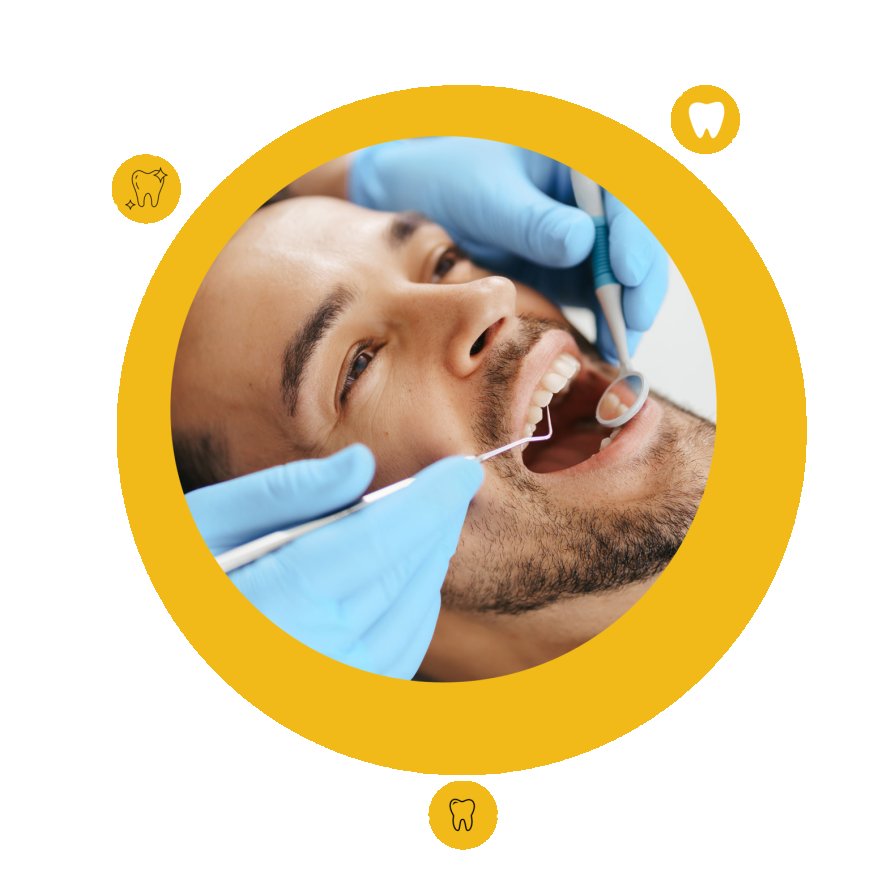How SEO and User Experience Drive Success in Modern Dental Websites
How SEO and User Experience Drive Success in Modern Dental Websites

In today’s competitive dental industry, having a professional website is no longer enough. To stand out, modern dental websites must combine effective search engine optimisation (SEO) strategies with exceptional user experience (UX). This powerful combination ensures not only high visibility in search engines but also a seamless journey for potential patients, leading to increased conversions and long-term success.
Here’s an in-depth look at how SEO and UX work together to drive success for dental practices, along with actionable tips for creating a website that stands out.
The Role of SEO in Dental Website Success
Search engine optimisation is the process of improving a website’s visibility on search engine results pages (SERPs). For dental practices, local SEO is particularly important, as it helps connect your practice with nearby patients searching for services such as “affordable dental cleaning near me” or “best cosmetic dentist in Australia.” Key aspects of SEO include:

1. Keyword Research and Implementation
Long-tail keywords are critical for dental websites as they capture specific search intent. Examples include:
-
“Professional teeth whitening services in Australia"
-
“Emergency dental care open late in Australia"
-
“Best family dental clinic near me”
By targeting these keywords in website content, blog posts, and meta descriptions, you can attract the right audience to your website.
2. Optimising On-Page Elements
Effective on-page optimisation ensures that search engines understand your website’s content. Key on-page SEO strategies include:
-
Using header tags (H1, H2, H3) to structure content.
-
Adding meta titles and descriptions with relevant keywords.
-
Including internal links to guide users through your website.
3. Local SEO for Dental Practices
Most patients search for dental services in their area. Optimising your website for local SEO includes:
-
Claiming and updating your Google Business Profile.
-
Including your address, phone number, and operating hours on your website.
-
Adding location-specific keywords to your content.
-
Encouraging satisfied patients to leave online reviews.
By excelling in SEO, your dental website can rank higher in search results, making it easier for potential patients to find you.
The Importance of User Experience (UX) in Dental Websites
While SEO drives traffic to your site, user experience determines whether visitors stay, explore, and eventually convert into patients. A poorly designed website can lead to high bounce rates, regardless of how well it ranks in search results. Key UX elements include:
1. Mobile-Friendly Design
A mobile-first approach is essential as more patients use smartphones to search for dental services. Features of a mobile-friendly dental website include:
-
Responsive layouts that adapt to different screen sizes.
-
Fast loading speeds for mobile pages.
-
Click-to-call buttons for immediate appointment scheduling.
2. Easy Navigation
Patients should be able to find information quickly and easily. Intuitive navigation involves:
-
A clean and organised menu structure.
-
Clear call-to-action (CTA) buttons like “Book an Appointment” or “Contact Us”.
-
A search bar to help users locate specific services.
3. Engaging Visual Content
High-quality visuals make your website more appealing and professional. Include:
-
Images of your dental office, team, and equipment.
-
Infographics explaining dental procedures.
-
Videos showcasing patient testimonials or a virtual office tour.
4. Secure and Accessible Design
Modern dental websites must prioritise security and accessibility to cater to all users. Key elements include:
-
HTTPS encryption to protect user data.
-
Features like text-to-speech, keyboard navigation, and high-contrast modes.
-
Compliance with accessibility standards to ensure inclusivity.
Integrating SEO and UX for Maximum Impact
When SEO and UX are integrated seamlessly, the result is a dental website that ranks high in search engines while delivering an outstanding user experience. Here’s how to achieve this balance:
1. Optimised Content Creation
Create content that addresses patient needs and incorporates long-tail keywords naturally. Examples include:
-
Blog posts like “5 Tips for Choosing the Best Family Dentist in Australia”.
-
Service pages with detailed descriptions, such as “Affordable Invisalign Treatment for Teens”.
-
FAQs answering common queries about dental procedures.
2. Enhancing Website Speed
Page speed is a ranking factor for SEO and a critical UX element. Improve loading times by:
-
Compressing images and videos.
-
Minimising JavaScript and CSS files.
-
Using a reliable hosting service.
3. Building Trust with Social Proof
Both SEO and UX benefit from displaying trust signals, such as:
-
Positive reviews and ratings on your website.
-
Case studies showcasing successful treatments.
-
Accreditation badges from professional dental associations.
4. Localised Landing Pages
Create separate landing pages for each location you serve, optimised with local keywords and relevant information. For example:
-
“Family Dentistry: Comprehensive Care for All Ages”.
-
“Leading Cosmetic Dentistry Clinic: Smile Makeovers and More”.
5. Utilising Analytics for Continuous Improvement
Regularly monitor your website’s performance using tools like Google Analytics. Analyse metrics such as bounce rates, average session duration, and conversion rates to identify areas for improvement.
Benefits of Combining SEO and UX for Dental Websites
When done right, integrating SEO and UX offers several advantages for dental practices:
-
Higher Search Rankings: Optimised content and technical SEO boost your visibility on Google.
-
Increased Engagement: A user-friendly website encourages visitors to explore and learn more about your services.
-
Improved Conversion Rates: Clear CTAs and engaging content guide patients to book appointments.
-
Enhanced Reputation: A professional, secure, and informative website builds trust and credibility.
Partner with Experts in Dental Website Design
Achieving the perfect balance between SEO and UX can be challenging, especially for busy dental professionals. This is where professional dental website design services come in. At PSM Digital, we specialise in creating customised dental websites that drive traffic, engage users, and convert visitors into loyal patients. Our services include:
-
Comprehensive SEO strategies tailored to dental practices.
-
Mobile-friendly, responsive designs that enhance user experience.
-
High-quality content creation and optimisation.
-
Secure and accessible websites compliant with industry standards.
Conclusion
SEO and user experience are the cornerstones of success for modern dental websites. By combining these elements, dental practices can improve their online visibility, attract more patients, and deliver exceptional service from the very first digital interaction. Whether you’re building a new website or upgrading your existing one, prioritising both SEO and UX is the key to staying ahead in the competitive dental market. Invest in professional dental website design services to ensure your practice shines online and remains a trusted choice for patients.
What's Your Reaction?

















![[???????????????????????????? ???????????????? ????????????????????????] Can I Change My Name On Expedia Airlines](https://news.bangboxonline.com/uploads/images/202501/image_430x256_67915cce6df9e.jpg)



